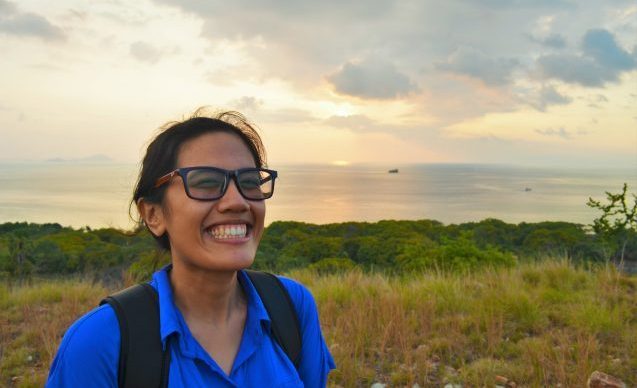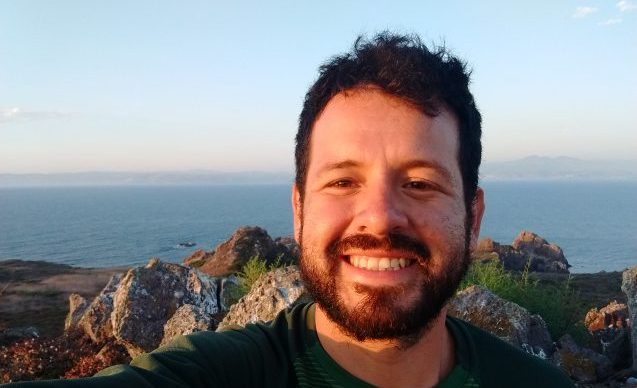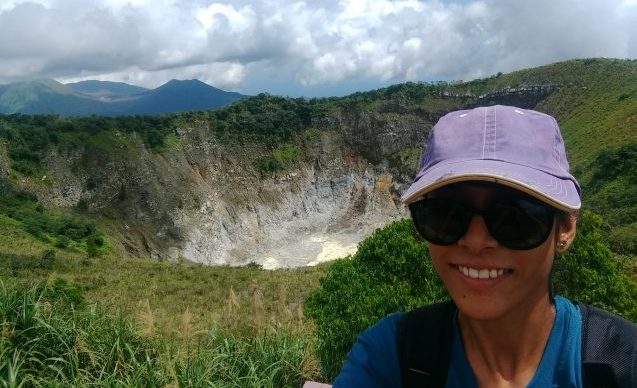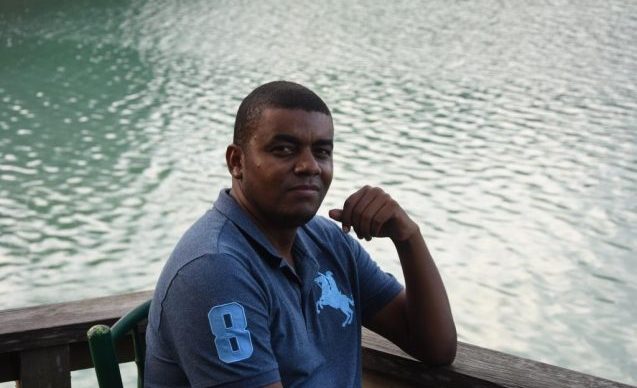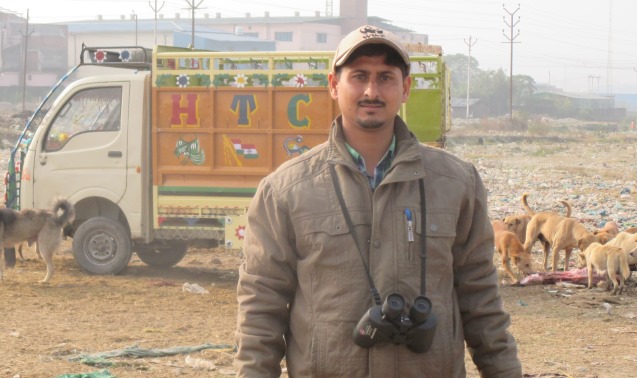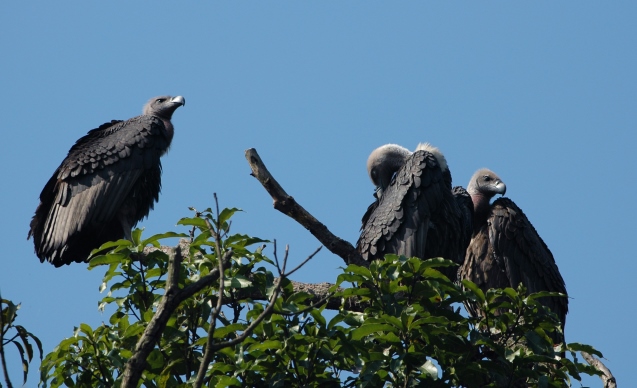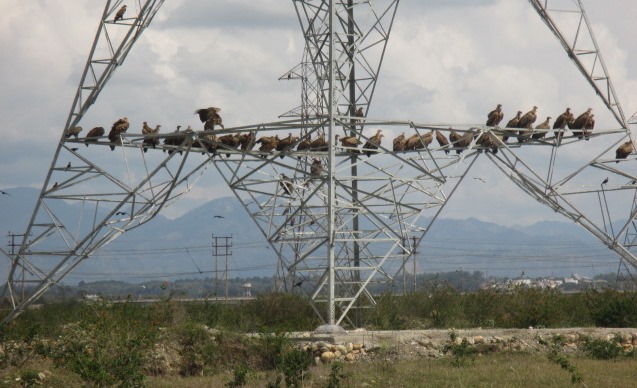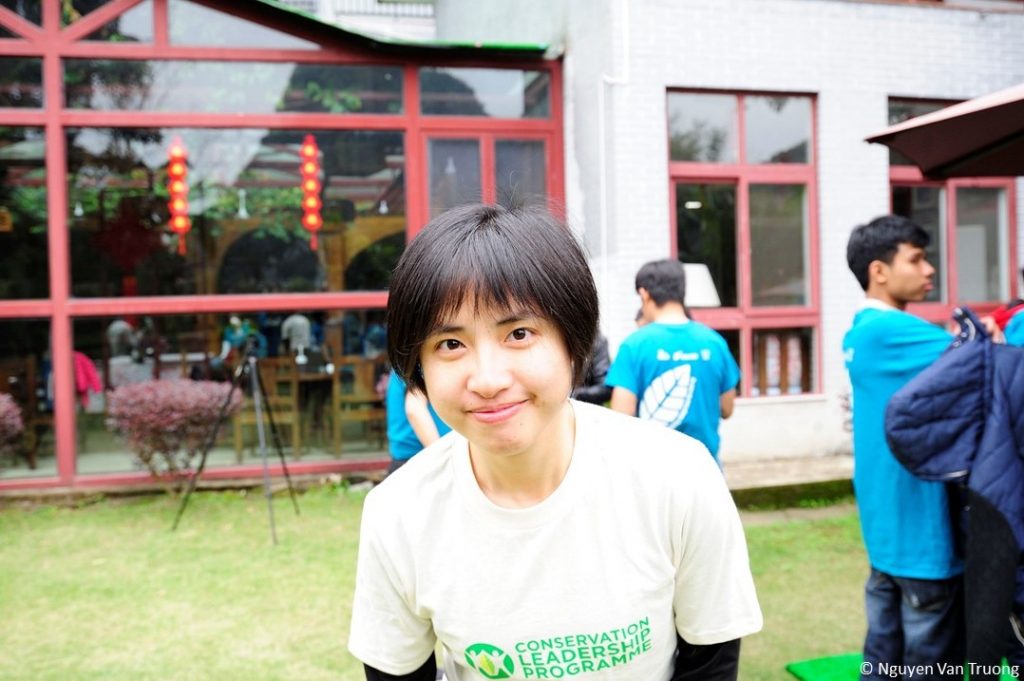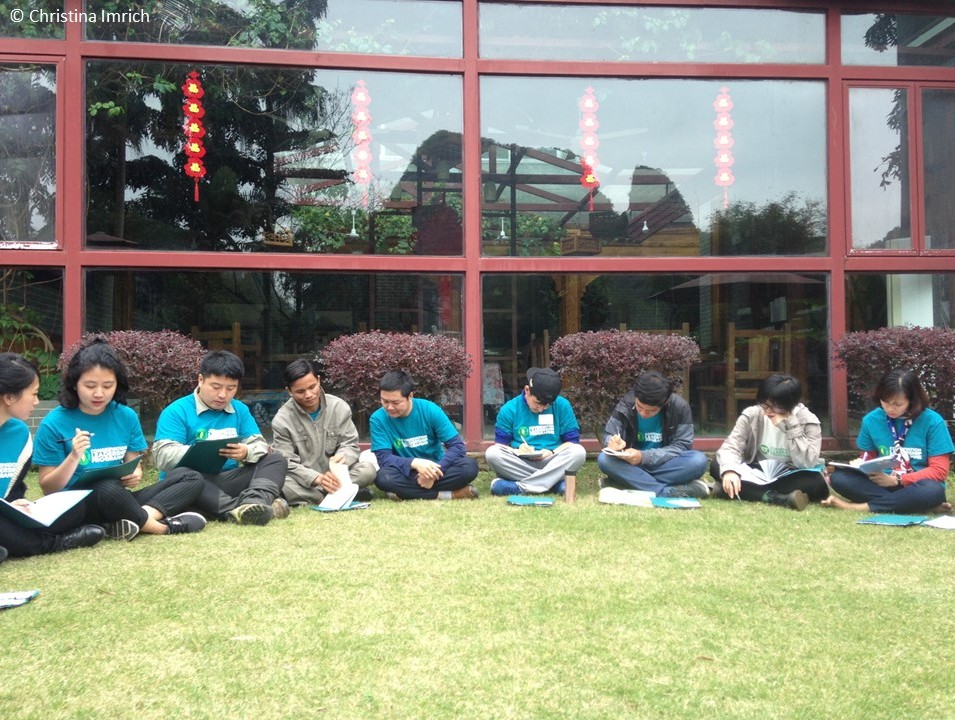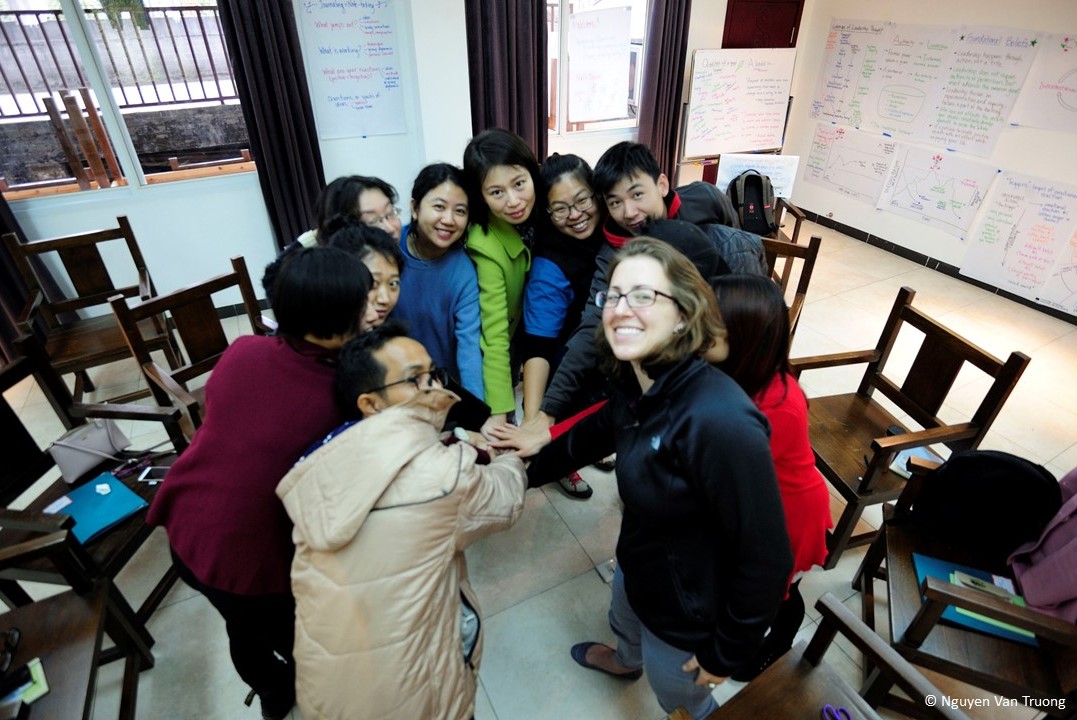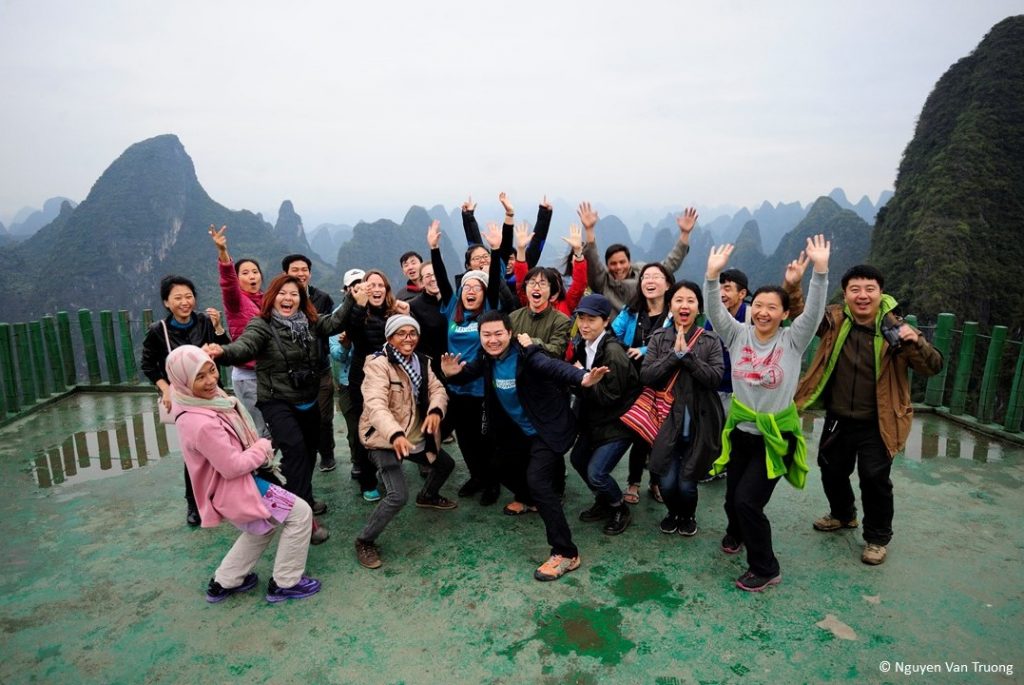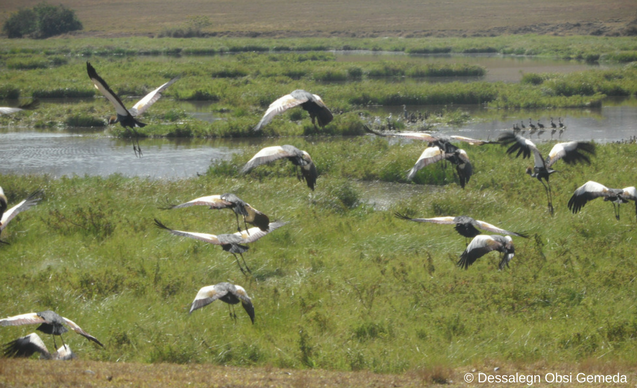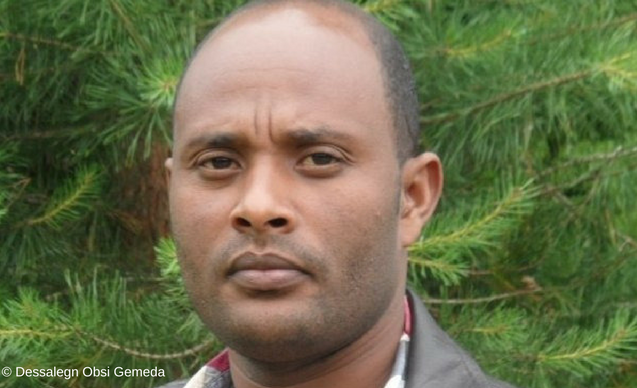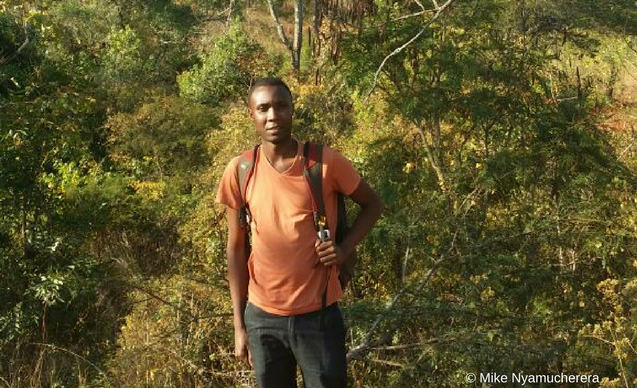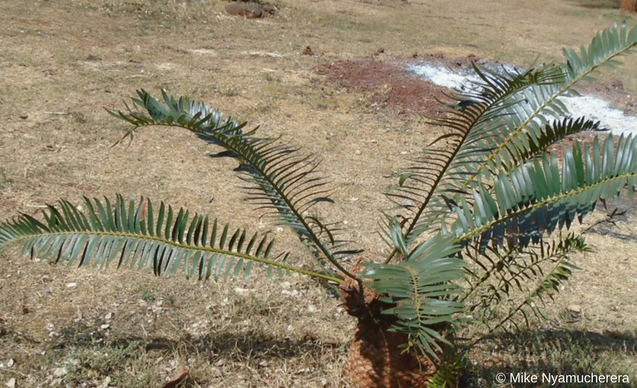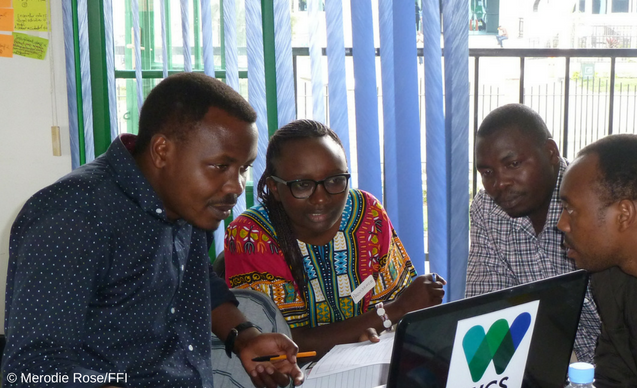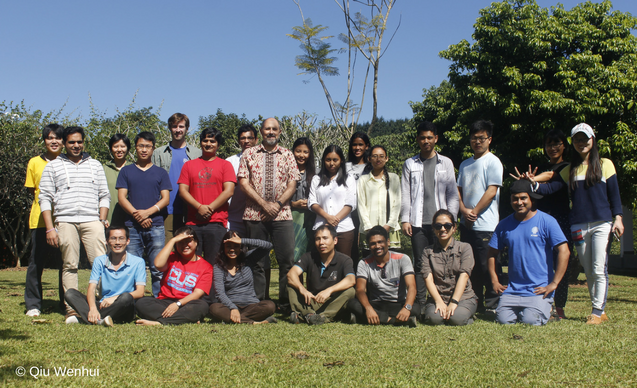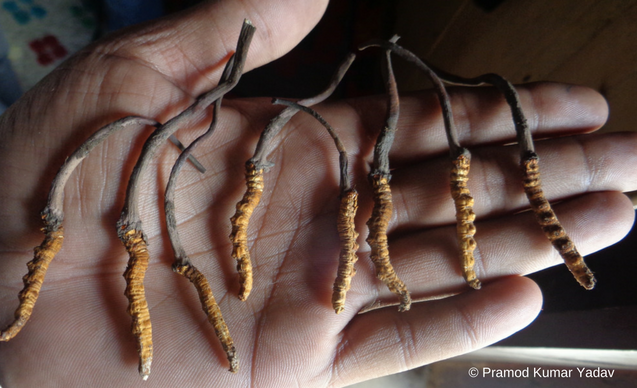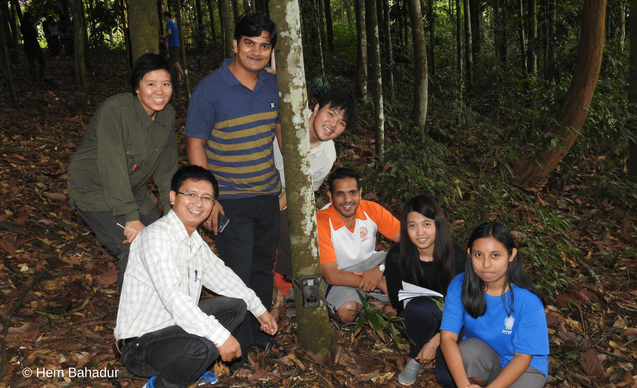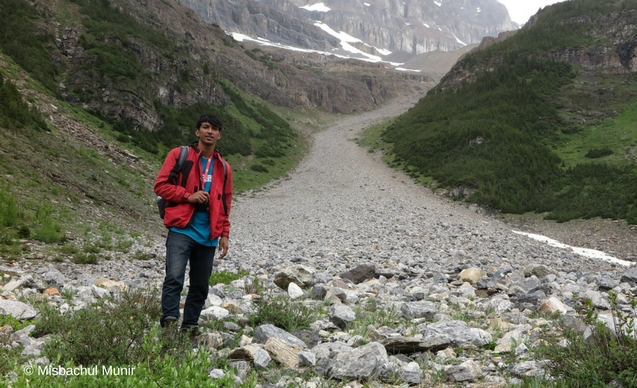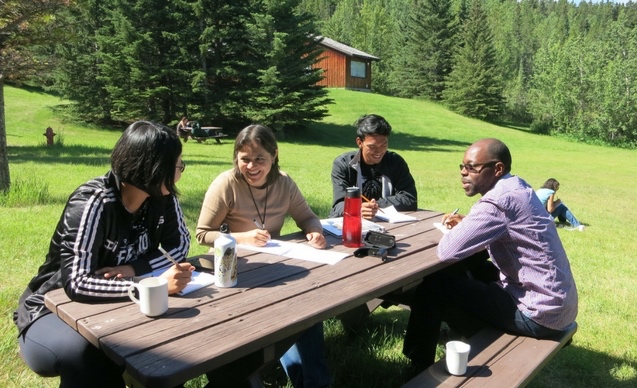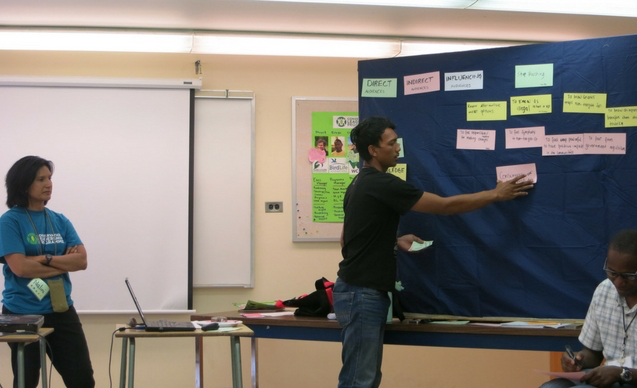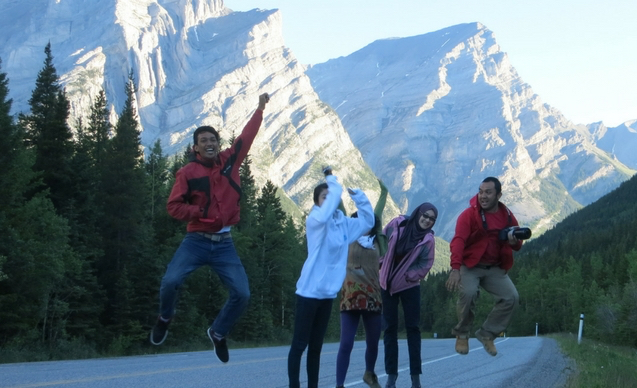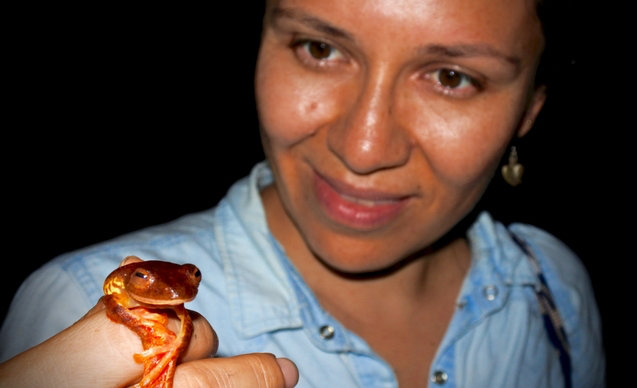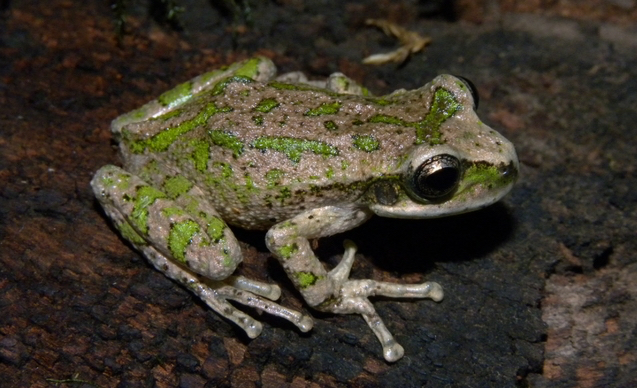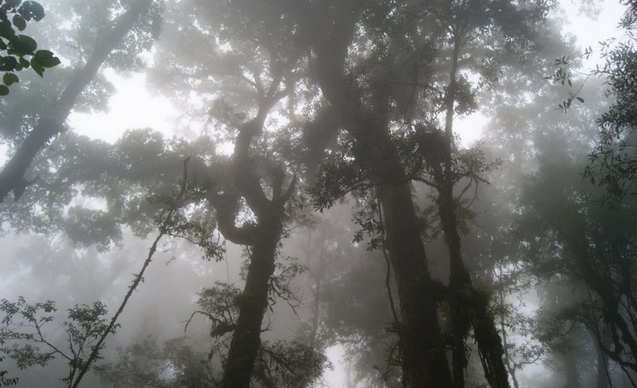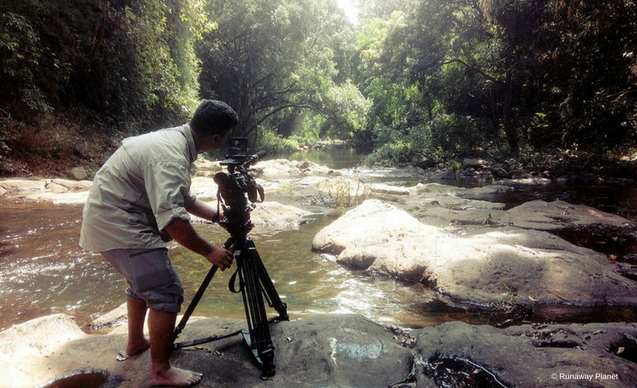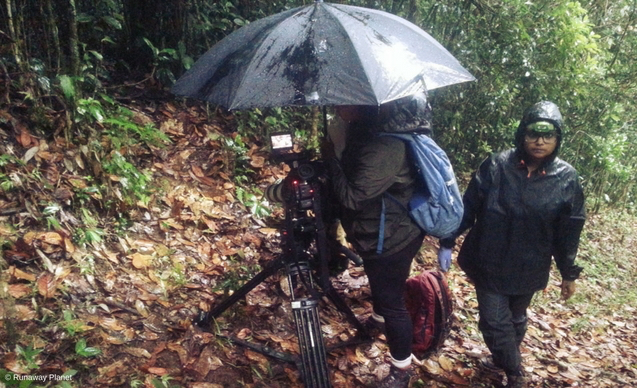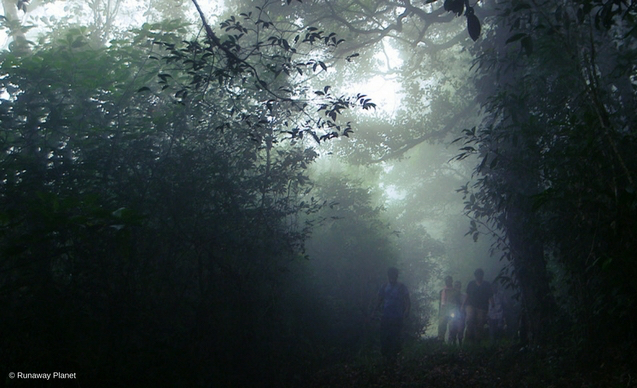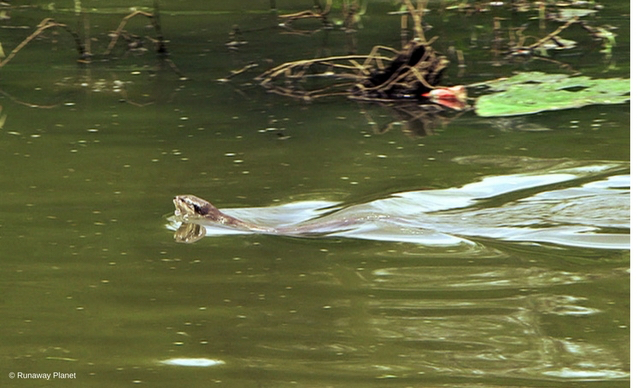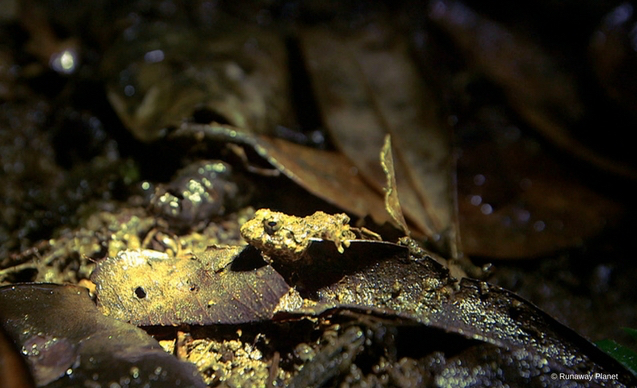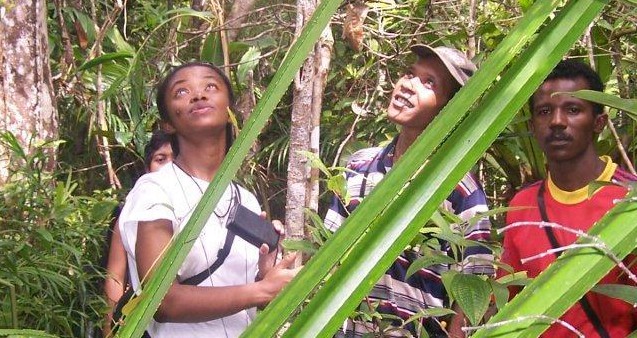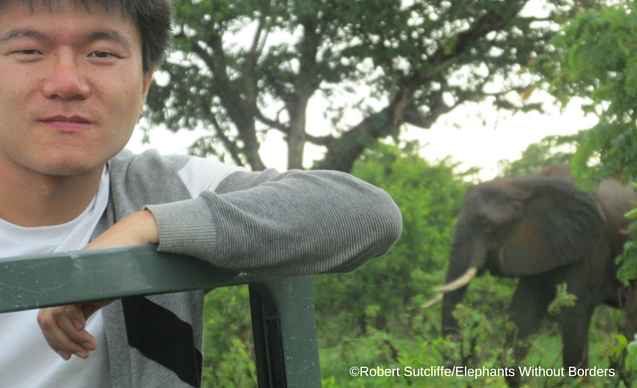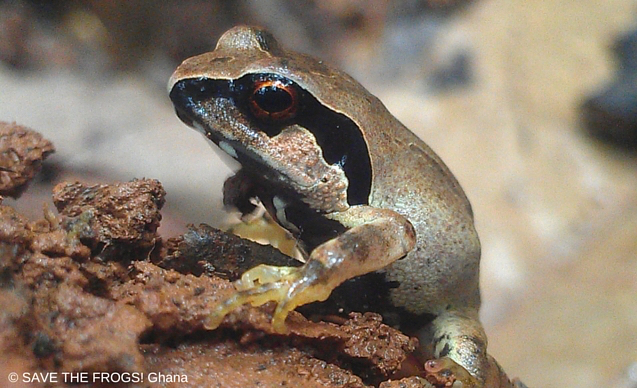By: Jayant Sarnaik
People of the indigenous community ‘Mahadeo Koli’ have lived within the Bhimashankar Wildlife Sanctuary (BWLS) for hundreds of years. They have rich traditional knowledge and rely on the land and forests for food and income. As an Important Bird Area in the northern Western Ghats of India, the sanctuary is also home to abundant biodiversity including hundreds of endemic plants, birds and mammals.

In recent years, pressure has been increasing both on the local people and on the local biodiversity. When the sanctuary was established in 1985, shifting cultivation became illegal. Shifting cultivation is a practice where an area of land is clear-cut and farmed until the land is no longer fertile. At that stage, a new area is cleared and farming shifts while the first plot is naturally restored. If not managed properly, the practice has negative consequences for conservation: key habitat can be lost and species suffer. In addition, BWLS is a famous pilgrim destination. Every year, over 500,000 tourists from all over India visit the sanctuary. These pilgrimages put additional pressure on the forests.
Communities that were dependent on harvests from shifting agriculture became economically vulnerable. For the younger generation, job options can be further limited due to lack of education. As a result, many young people migrate to nearby urban areas to seek employment.
Since 2007, a team of four people working for the Applied Environmental Research Foundation (AERF), with many other partners (the S. P. Jain Institute for Management Research, Durrell Institute for Conservation and Ecology (DICE) and Credit Suisse volunteers), have developed new approaches to balance the needs of communities with conservation in Bhimashankar Wildlife Sanctuary. Having won all three awards from CLP (2007, 2009, 2016) the team has used its training and funding to develop and implement an innovative strategy that helps conserve wildlife and provides economic benefits to vulnerable indigenous community members.

This strategy involves asking community members to be part of a Conservation Agreement. By signing an agreement, communities gain access to alternative livelihood opportunities. In return, community members agree to let their land regenerate and to use resources from it in such a way that sustains, rather than degrades, the forest. An example of this occurred in early 2017 when the CLP team proposed a Conservation Agreement to Mr Devram Sagaji Lohokare (age 65) and his family, who had lost the right to practise shifting cultivation on their land in the sanctuary and were searching for a new livelihood.
The CLP team had already undertaken a detailed biodiversity survey of the forest with a focus on the presence of endemic birds. Part of this area included Mr Lohokare’s land. The team sighted 46 bird species during the survey, four of which were endemic – the white-cheeked barbet, white-bellied blue flycatcher, crimson-backed sunbird and Nilgiri wood pigeon. They found evidence of other important wildlife in the forest, too, including several nesting sites of the Indian giant squirrel and natural beehives. Most importantly, the forest has a water body used by many species. Having discovered that the land was vital for so many species, the CLP team approached Mr Lohokare and his family to consult with them about the prospect of entering into a Conservation Agreement.

During the conversation, the CLP team learned that one of the family members, Tanaji Dhondu Lohokare, was looking for employment. The family was also in need of some vital household utensils. Under the terms of the Conservation Agreement, in return for letting his land regenerate, the team was able to assist Mr. Lohokare and his family with their needs. The CLP team agreed to help train Tanaji Lohokare in conservation and ecotourism and thereby assist him with finding employment. They also agreed to provide the family with much needed utensils including a household stove-heater and solar-powered battery chargers. The agreement was prepared in the local language so that everyone would be able to understand it, and so that Mr Lohokare could help spread the message to others about this approach.
In March 2017, Laura Owens, a CLP staff member based at Fauna & Flora International, visited BWLS. She watched as this agreement was signed. She reflects: “I enjoyed seeing the beautiful bird species already flourishing there and saw first-hand how the land is already starting to regenerate into a good secondary forest.” Through this Conservation Agreement, the CLP team has ensured the conservation of 57 acres of community forest for the next ten years. The team is slowly setting up and entering into new agreements with other community members to create a system that benefits both people and wildlife. To date, 100 acres of land have been protected by seven agreements.

As a separate but related initiative, the CLP team, in collaboration with AERF and DICE, set up an international certification scheme called FAIRWILD in 2015. Local community members who follow certain practices to protect biodiversity achieve the certification and can thereby sell non-timber forest products for a price that is about 70% greater than for non-certified products. Together with the Conservation Agreements, this certification scheme will continue to improve income opportunities for local families going forward.

